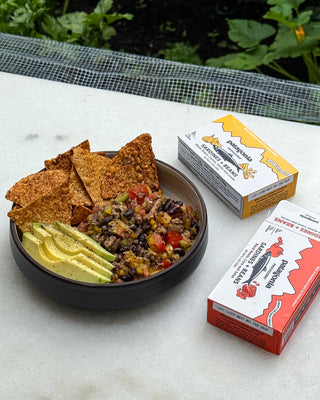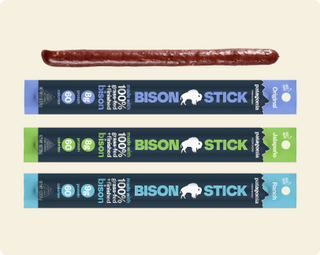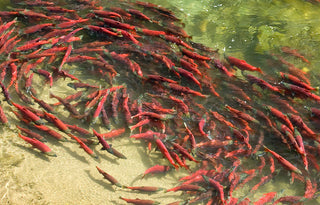
Wild Sockeye Salmon
Our Wild Sockeye Salmon comes from a community-based fishery in the icy waters of Alaska. Because the fishing takes place near a river mouth as opposed to the open ocean, we can target a specific, robust stock of salmon. Sockeye gets its brilliant orange-red color from its diet of zooplankton (which includes the tiny shrimplike crustaceans called krill). Deeply flavorful, firm, and a nutritious source of protein and omega-3s, this is fish you can enjoy on every level.
WHAT IS SUSTAINABLE WILD SOCKEYE SALMON?
Wild sockeye salmon, one of the greatest food resources on our planet, are sustainable when harvesting methods ensure their survival into the future—and protect the surrounding ecosystem, too. Guided by science, we take only from abundant, well-managed wild sockeye runs, and we avoid bycatch of overfished species. In this way, we allow the ancient ocean-to-river cycle of salmon to continue, feeding countless other creatures from tiny microbes to two-ton grizzlies. And we provide healthy, delicious sockeye for humans, too.
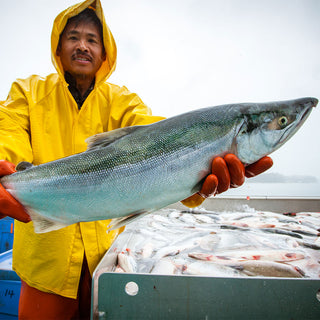
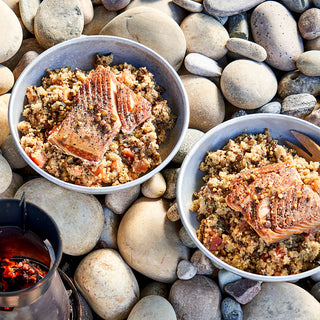
NUTRITION: AN OCEAN SUPERFOOD
Wild salmon is an excellent source of protein, and each serving of our wild sockeye contains 950 mg of omega-3 fatty acids.
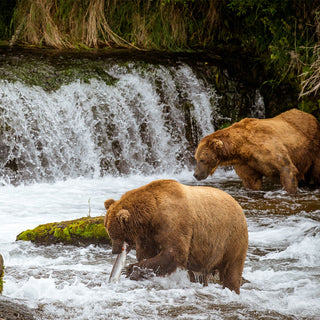
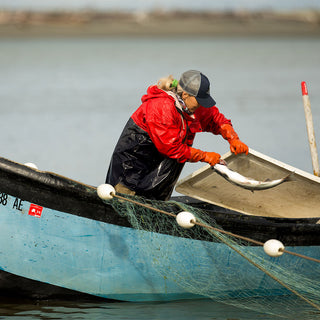
SALMON SOURCING: THE POWER OF PLACE
Place-based fisheries are based on the knowledge that every run, or stock, of wild salmon has evolved to return to the river of their birth to spawn. They operate from a place of respect for this ancient cycle and a desire to preserve it.
ENVIRO: FISHING FOR THE FUTURE
A sockeye salmon boat near the mouth of the Situk river, with its short-soak set net stretching out from shore to target sockeye. In a few hours, it will be pulled in and the fish carefully removed and iced. Yakutat, Alaska. Photo by Amy Kumler
Our wild sockeye comes from the Situk River in Yakutat, Alaska, where it’s caught using techniques that minimize bycatch and keep salmon stocks thriving.
Our fishing partners use short-soak set nets, which are anchored on shore at one end and about 120 feet out in the water on the other. As opposed to drift nets, which drift through the middle of the water, set nets allow fishermen to better target specific salmon species. The nets are checked every few hours, and all sockeye that are harvested are immediately put on slush ice, which helps maintain their firm texture and maximizes quality.
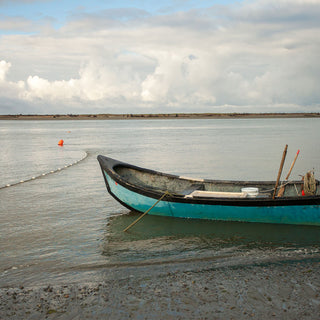
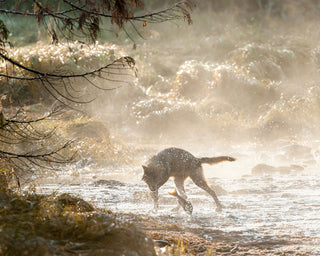
HISTORY: THE GREAT MIGRATION
Late summer on the Pacific Coast has always meant wild salmon returning from the sea to the rivers of their birth, with a vast ripple effect on ecosystems, economies and cultures from Alaska to Southern California.
The salmon’s journey upriver to spawn, sometimes stretching a thousand miles or more, is Nature’s way of transporting rich ocean nutrients into the interior of the West. These nutrients feed everything from bears and wolves to insects, and—eventually--the forests. For at least the past 10,000 years, salmon have nourished humanity, too, shaping the cultures and economies of peoples all along the West Coast.
Over the past century, though, the immense runs of wild salmon have been decimated by overfishing, pollution and parasites from open-water net-pen salmon farms, and genetic dilution from hatchery salmon releases. Almost miraculously, some wild runs continue to thrive. We believe that targeting only these abundant species and harvesting at a responsible level are the keys to saving salmon for the future. It’s the only way we can enjoy these magnificent fish and still ensure their survival.
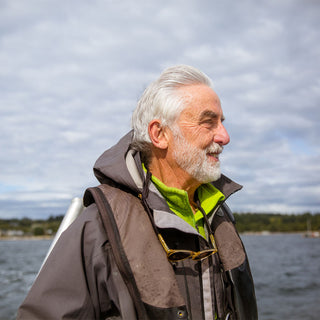
PARTNERS: GUIDED BY SCIENCE
We’ve put in years of research, tapping the guidance and wisdom of experts, to find sustainable commercial salmon fisheries. The responsible sourcing practices we use today have been developed in partnership with the Wild Fish Conservancy.
All Patagonia Provisions salmon must be harvested from wild, self-sustaining populations rather than hatchery stocks or net-pen fish farms. We only work with place-based fisheries where sound science can assess fish population status and needs, and which use techniques, location or timing to minimize bycatch. Preference is given to fisheries that maximize eating quality through careful, individual handling of fish and support the health of the environment and human communities. Finally, all Provisions salmon are marketed with full transparency, including packaging that names the species, harvest location and type of gear used.

